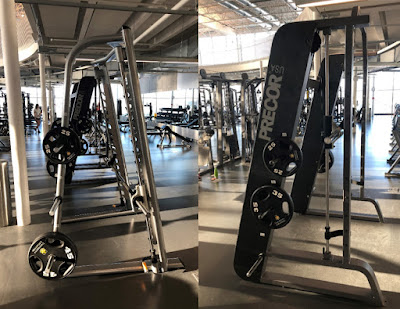Benefits of intermittent standing or walking while working
Assistant Fitness Training and Assessment Coordinator, UM Recreation Services
With the ongoing pandemic, many of us are working and studying remotely. Some of us now find ourselves in much more sedentary environments than we are used to. Sedentary behavior is cyclical in nature: When one is sedentary, it becomes harder to be active. Metabolic syndrome is a cluster of conditions that result from an overly sedentary lifestyle which increases the risk of heart disease, stroke and Type 2 diabetes. The conditions include high blood pressure, high blood sugar, increased waist circumference and abnormal cholesterol and triglyceride levels.
Today, I want to discuss how standing or walking intermittently through the day combats these conditions. I also want to shed light on strategies you can use to squeeze short bouts of activity into your day.
We all know being active is important to your health. The largest issue people cite for not being active is not being able to find a designated block of time for exercise in their day. If carving out an hour in your day is overwhelming, there is good news for you. Studies have found that multiple activity breaks showed greater effects on glucose and triglycerol levels than a single continuous exercise block when matched for energy expenditure. Some studies have used two minutes of light walking every 20 minutes or five minutes of moderate walking every hour and have seen significant improvements in insulin demand, blood glucose, mood, productivity, fatigue and food cravings.
Finding regular smaller chunks of activity is a great way to see health benefits. Some ways to work movement into your day is to walk while on phone calls or in meetings. If you have a smart watch, it probably tells you to stand every hour. If you don’t have one, you can manually set a calendar reminder to get up at the end of every hour. At that time, take a quick lap through the house or office, do some bodyweight exercises (squats are great) or run up-and-down a set of nearby stairs.
Recreation Services has also launched a Virtual Health and Fitness site that features a variety of workouts and tips, including a short movement and mobility series to help loosen you up.
The more movement you get in a day, the better. However, even just moving from sitting into standing position periodically throughout the day has benefits. Many of the physiological benefits like blood glucose levels respond better to activity but some studies have looked at the benefits of simply standing at work. One study showed that alternating sitting and standing intermittently through the day led to a significant reduction in fatigue levels and lower back discomfort in office workers—all the while maintaining work productivity. Another study showed that standing for a total of just one hour per day showed a 54 per cent reduction in upper back and neck pain.
During a time where we have fewer activities, we need to get creative and find ways to continue to work activity into the day. The encouraging thing is that you don’t need to carve out a large chunk of time. You only need a few minutes every hour to see significant improvements. So stand up and take a little walk or do a short workout.




Comments
Post a Comment